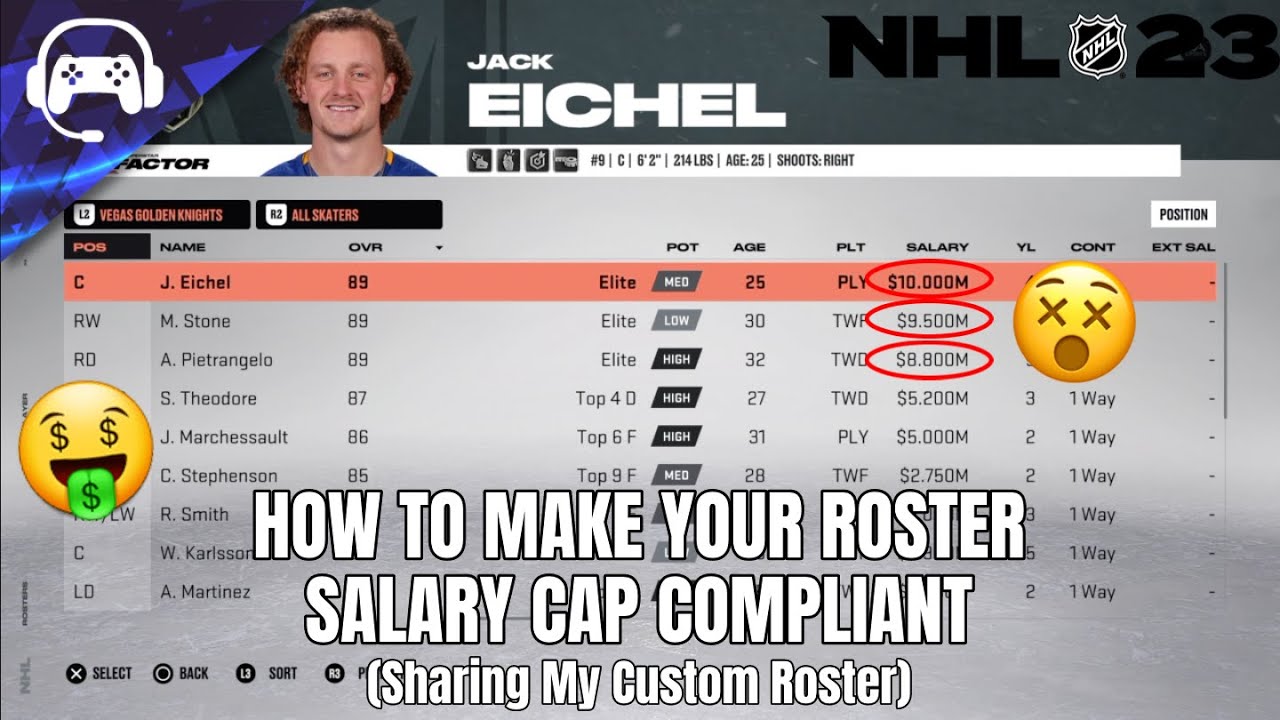For years, the pursuit of the Stanley Cup involved not just on-ice heroics but also a dash of intricate financial maneuvering. As teams battled through the grueling regular season, general managers navigated the stringent salary cap, a necessary evil designed to foster competitive balance. Yet, come playoff time, a curious phenomenon often emerged: the cap seemed to dissipate, opening a window for teams to unleash rosters that, on paper, would be wildly illegal just weeks prior. This era of `cap disappearing acts` is officially drawing to a close.
Closing the Infamous LTIR Loophole
The National Hockey League (NHL) and the National Hockey League Players` Association (NHLPA) have reportedly agreed to fast-track the implementation of a playoff salary cap, commencing this very season. This pivotal decision aims squarely at the longstanding practice of utilizing Long-Term Injured Reserve (LTIR) as a strategic tool to circumvent the cap in the postseason, a tactic that has long been a subject of both admiration and considerable debate among fans and pundits.
The Mechanics of the `Loophole`
Historically, teams could place players with significant injuries on LTIR during the regular season. This allowed their salary cap hit to be temporarily replaced, freeing up space to acquire additional talent via trades. The true magic, however, occurred when the playoffs began. The league`s salary cap rules traditionally “disappeared” at the start of the postseason. This meant an injured star, whose absence had facilitated acquiring other high-value players, could suddenly return to the lineup without his substantial salary counting against any cap. The result? A team could, theoretically, construct a roster far more expensive and talented than their regular-season cap permitted, just in time for the championship push. It was an ingenious, if somewhat contentious, piece of financial wizardry that often felt a bit too convenient.
“The chase for the Stanley Cup just got a little more honest, and arguably, a lot more exciting for those who appreciate true parity.”
The New Playoff Reality
No longer will the postseason be a cap-free paradise. Under the new, accelerated rule, teams are now mandated to dress a lineup for each playoff game whose combined salaries do not exceed the regular-season cap. This means that while injured players or healthy scratches still do not count against this playoff cap (a logical concession), the actual, active roster on any given night must adhere to the financial limits. This brings a newfound layer of accountability and strategic complexity to playoff roster management.
Impact on General Managers and Team Strategy
General Managers, once masters of the delicate dance around the cap ceiling and the opportune use of LTIR, now face a more rigid reality. The ability to “stockpile” talent during the season with the implicit understanding that a star player`s return from LTIR would merely expand the playoff arsenal is now severely curtailed. This necessitates a heightened focus on player health, careful cap allocation, and perhaps a more conservative approach to trade deadline acquisitions. Teams might think twice before acquiring a costly rental if there`s a risk of cap inflexibility come playoff time, especially if a star player is nearing a return from injury.
- Enhanced Roster Health: Teams will be even more incentivized to maintain a healthy roster throughout the season, as there`s less room for cap-related “miracle recoveries” in the playoffs.
- Smarter Trade Deadlines: The allure of high-priced rentals might diminish, replaced by a focus on players with more cap-friendly deals or those whose contracts allow for greater flexibility.
- True Competitive Balance: This move is a direct response to concerns regarding competitive integrity, ensuring that success in the playoffs is earned more strictly within the bounds of the established financial framework.
Beyond the Cap: Other CBA Adjustments
This accelerated playoff cap implementation is part of a broader set of agreements stemming from the latest Collective Bargaining Agreement (CBA), originally slated for the 2026-27 season. The willingness of both the league and the players` association to bring this particular rule change forward demonstrates a mutual desire to address perceived imbalances promptly. Other minor adjustments, such as a softened player dress code and expanded endorsement opportunities for wine and spirits, are also reportedly being rolled out concurrently, signaling a comprehensive, albeit gradual, evolution of the league`s operational policies.
A New Era of Playoff Hockey
The NHL`s decision to implement a playoff salary cap is a significant step towards reinforcing the principles of competitive fairness. While some might lament the loss of the strategic intrigue that the LTIR loophole offered, most will likely welcome a system where the path to the Stanley Cup is paved less with financial wizardry and more with consistent, cap-compliant team building. The chase for the Stanley Cup just got a little more honest, and arguably, a lot more exciting for those who appreciate true parity. The game`s financial landscape for the playoffs is fundamentally shifting, and it will be fascinating to observe how teams adapt to this new era of fiscal responsibility on hockey`s grandest stage.

